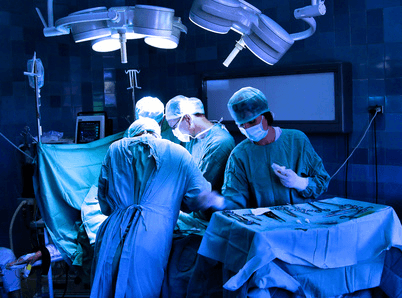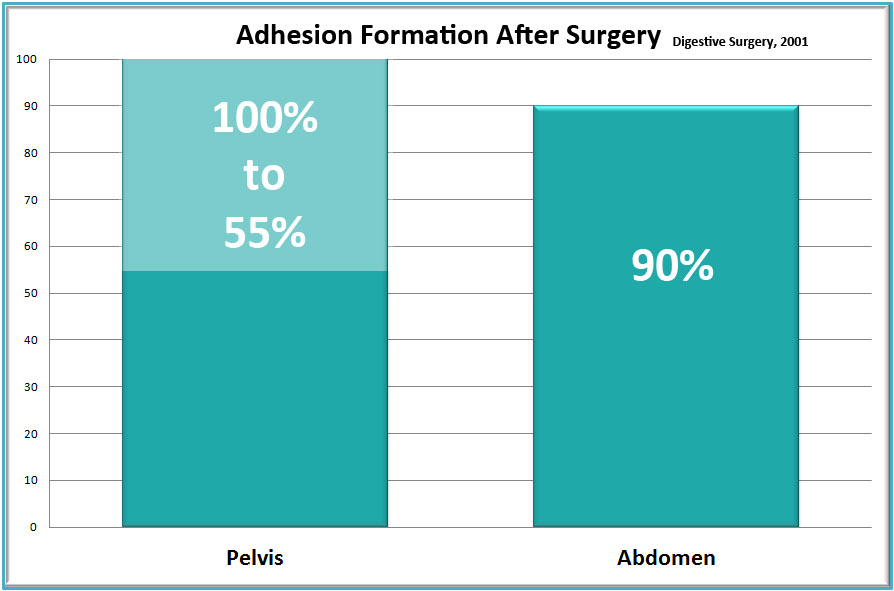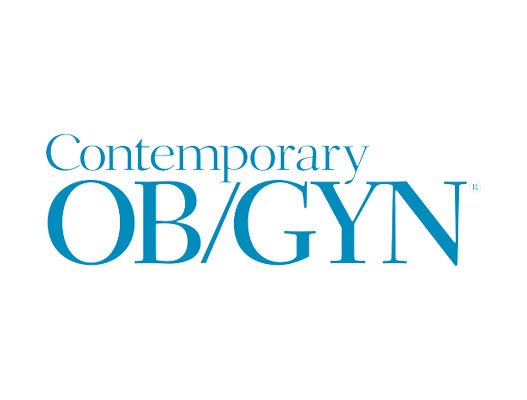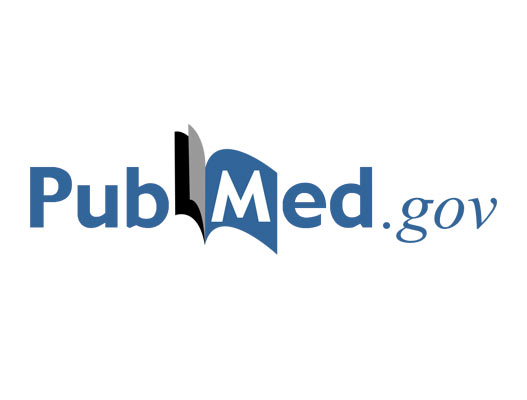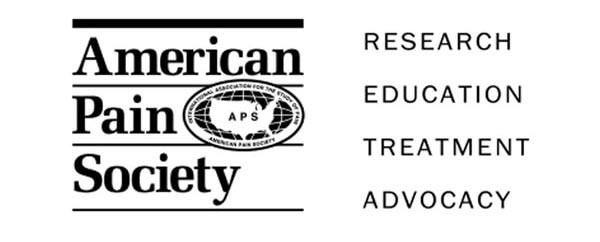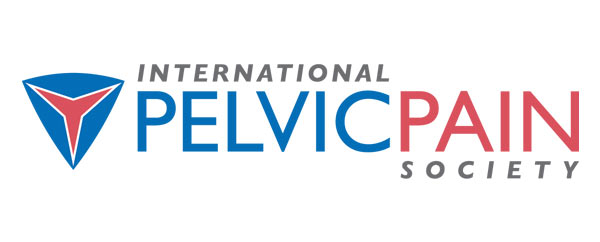Discover hope for adhesion-related pain and dysfunction with Clear Passage Physical Therapy’s non-surgical, hands-on approach – Request Information and schedule your Free Consultation today to explore how our expert therapists can help you avoid surgery and improve your quality of life. To learn more about our innovative treatment methods and take the first step towards relief, visit our Apply to Therapy page.
Overview
Adhesions are internal scars that form wherever the body heals from tissue damage due to surgery, infection, inflammation, injury, radiation or endometriosis. While adhesions are the first step in the healing process, they sometimes continue to grow in the body. They can create powerful glue-like bonds that can squeeze structures like straitjackets, decreasing their function or causing pain. Adhesions can attach organs, muscles, and other structures that are designed to be separate, decreasing their natural movement and function.
Because the body has no way to detach or eliminate them, adhesions tend to remain in place or grow over time. When their glue-like bonds wrap around structures, or bind them to others, adhesions can cause significant problems. These problems may be deemed ‘unexplained’ because most adhesions cannot be seen on diagnostic tests (CT, MRI, X-ray, ultrasound).
Avoiding Surgery for Adhesion Related Disorder (ARD)
Adhesions can become very serious, slowing or stopping the function of some of the body’s most important internal structures. Left untreated, they can prevent life when they block a woman’s fallopian tubes. When they form in the digestive tract, they can cause bloating, diarrhea or constipation. In cases where they squeeze the intestines, they can end a person’s life by totally blocking the passage of food. Studies show how frequently adhesions form following surgery. Therefore, treating adhesions with surgery that will so often cause more adhesions, seems counterproductive. Below we have outlined and explained advantages and disadvantages to two treatment options shown effective to decrease adhesions: Clear Passage®️ Physical Therapy and Surgery.
Overview of Treatment Options
According to medical literature, there are only two known options to decrease adhesions in the body:
- Clear Passage®️ Approach
- Surgery
Therapy to Decrease Adhesions
Description of the procedure. The Clear Passage®️ Approach is a manual physical therapy that uses no drugs and no surgery. It has been cited in numerous peer-reviewed medical journals for its ability to decrease adhesions in the abdomen and pelvis. Some of the studies of its effectiveness include ‘before and after’ images and reports of individual patients, prepared by independent diagnostic physicians and published in reputable medical journals. Other studies examine larger groups; some compare our results to surgeries.
The therapy is ‘all natural’ in that it is 100% ‘hands-on.’ Patients describe it as often feeling like a very deep massage. The therapy can sometimes be much lighter, depending on the area and depth being treated. Clear Passage®️ therapists use their hands to locate adhered areas of the body related to the patient’s pain or symptoms. The therapist then transitions to very site-specific techniques to deform and detach the tiny strands that comprise adhesions. Therapy may be compared to pulling out the strands of a nylon rope or pulling out the run in a sweater. Our therapists describe it as feeling “like pulling out salt-water taffy, in very slow motion.”
Our therapists are experts at palpating and manipulating the soft tissues of the body – where adhesions generally form. They use data from the patient’s history, direct feedback from the patient during therapy, and a thorough training and understanding of methods developed over 30 years to locate adhesions. Then, they deform and detach the molecular/chemical bonds that are at their core. The usual protocol cited in the published studies consists of 20 hours of therapy, spaced over five or more days. You can view a short video of a Clear Passage®️ therapy session by clicking below.
Advantages of Therapy
No hospitalization. Therapy is always performed in a private treatment room, one-on-one with a highly skilled therapist certified in the work. Patients may bring a partner or family member along for company, if they like.
No anesthesia. The patient is awake and communicative during the entire procedure. Patient involvement is encouraged, with the patient invited to give feedback throughout the course of therapy.
Decreased risk. Risk is minimal. There is no cutting or burning, no risks associated with anesthesia, and no risk of inadvertently cutting through a nearby organ or other structure.
No foreign bodies are introduced. No staples, stitches, films or meshes are inserted into the body. No cameras, gas, lights or surgical instruments enter the body.
Side effects are mild and transient. The most common side effects reported with therapy are temporary tenderness, aching, fatigue and hip or back pain. When they occur, these symptoms pass within a few days.
Improvements in other areas of the body. Because therapy focuses on detaching adhesions throughout the body, patients often report increases in flexibility and range of motion after therapy. Many report decreased pain and/or increased function in areas near the site where they are being treated or even in distant areas. This pain reduction is often noted in the lower back, due to the freeing of abdominal adhesions that were restricting the front of the lumbar vertebrae. Some report improvements in areas where they had forgotten or had not realized they were having a problem, until therapy relieved the pain or tightness.
Written reports. After therapy, we send each patient a typed, detailed Initial Evaluation along with a typed Progress Report or Discharge Summary. If needed, we are glad to send you daily notes of every therapy session.
Disadvantages: Risks and Challenges of Therapy
Therapists cannot visualize the adhesions. Initially, we deduce the likelihood of adhesions by conducting a thorough review of each patient’s history and symptoms. To gain further insights, we may require diagnostic tests or documentation from the patient’s physician. During therapy, we palpate the areas of your body related to your symptoms and other areas where we note scarring, tightness, spasm or increased temperature. Because our therapists have been practicing manual therapy for their entire professional lives, they are experts at palpating the body.
Costs of therapy are generally a fraction of the cost of surgery; as with surgery, insurance reimbursement may vary based upon your insurer and your plan. Clear Passage®️ is an out-of-network provider for your insurer. In weighing costs, many patients take into account the cost to their quality of life vs. the cost of living with adhesions.
Travel and time are a consideration. Therapy generally takes five days (e.g., Monday – Friday); it is only provided by trained, certified therapists in several cities in the U.S. and U.K. The 5-day program is designed for out-of-town and out-of-country patients. We suggest that patients with a history of bowel obstructions remain in town for an extra day before returning home, to allow the body to return to homeostasis before undergoing the changes in air pressure that can accompany airline flight.
Surgery to Decrease Abdominopelvic Adhesions
Description of common procedures. The intent of adhesiolysis surgery is to cut or burn adhesions with the goal of returning the body to an earlier state of mobility and function. In a laparoscopy, the physician puts the patient under general anesthesia, then cuts several holes (ports) in the body. The ports serve several functions. One is used by the physician to fill the abdominal cavity with gas to separate the organs. This separation allows the surgeon to see where s/he can insert surgical instruments and access the adhesions. Using the other ports, the doctor will insert a light, camera and surgical instrument(s) which they can use to burn or cut adhesions that they see. You can observe a laparoscopy to decrease adhesions by clicking here.
When adhesions are extensive, the physician may elect to perform an open surgery called a laparotomy. In that surgery, the body is cut open with a scalpel, with the sides generally separated with a metal retractor. Next, the physician enters with a scalpel, laser or other surgical instrument to cut or burn any adhesions s/he may find. S/he will repair or cauterize any bleeding that occurs, and may check the area for other problems before exiting the body, closing it with stitches, and sending the patient to a room where staff can monitor the patient’s recovery.
Advantages of Surgery
Direct visualization. It is a significant advantage that the surgeon can directly see and burn or cut adhesions that do not appear on diagnostic tests such as MRI or CT Scan. Complications can occur in patients with significant adhesions if the doctor has difficulty seeing through the layers s/he is cutting through (see below).
Observe nearby areas. In addition to treating the adhered area, the physician can see nearby structures, noting any additional areas that may be of a concern.
Operative report. The doctor can film the surgery and dictate a report describing what s/he observes and the procedures s/he performs during the surgery.
Disadvantages: Surgical Risks and Challenges
Anesthesia complications. Recent studies note concerns about mild to moderate brain damage for patients who undergo one or more sessions of general anesthesia. (Perousanksy & Hemmings, 2009)
Inadvertent enterotomy. When a patient has significant adhesions, it can be difficult for the doctor to see the structures beneath them. Thus, a surgeon can unintentionally cut into a nearby healthy organ or other structure – called an inadvertent enterotomy (IE). An IE can cause serious problems or death. In a study from the Journal of the Society of Laparoscopic Surgeons, authors note that:
- “IE in laparoscopic abdominal surgery is underreported.”
- “Death from IE is not uncommon.”
- “IE was the most common laparoscopic complication at our hospital.” (Binenbaum & Goldfarb, 2006)
Hospitalization during recovery. Most patients must undergo a hospital stay after adhesion-related abdominal or pelvic surgery. During this time, hospital staff will monitor the patient to ensure their recovery and to avoid post-surgical complications or infections.
New adhesions generally form after surgery. According to a 50+ year review of abdominal and pelvic surgery in the U.S., nearly all abdominal and pelvic surgeries cause new adhesions to form. Thus, adhesions can recur – sometimes worse than before the surgery to remove them. The study notes that adhesions form after 55% to 100% of pelvic surgeries and after 90% of major abdominal surgeries.
Pre-Treatment Screening (Surgery and Therapy)
Therapy and surgery both require patients to be screened for appropriateness and contraindications before treatment.
Screening before therapy. Before we will accept you for therapy, our staff will conduct a thorough review of your history of healing events (prior surgery, injury, infection, endometriosis, etc.) to determine if and where adhesions have likely formed and how they might be causing problems. We then consult with you to review goals, risks and potential benefits you can expect.
We want you to do well and to have a reasonable chance of reaching your goals. We will accept you for therapy if we feel we can help you. Similarly, we will alert you if we have concerns that you will not do well with therapy; we will not accept you if we feel that you will not have a favorable outcome.Screening before surgery. Before surgery, physicians may order diagnostic tests to help rule out contraindications such as active infection and to help identify problem areas in the body that should be assessed during surgery. Your doctor should advise you of the goals of surgery, along with the risks and potential rewards you can expect. It is likely a good idea to ask your physician about the chance of developing post-surgical adhesions with the need for one or more addhionatal surgeries.
Related Content:
Avoid Surgeries: Adhesions | Blocked Fallopian Tubes | Endometriosis | PCOS | SBO | Surgery Risks | Tailbone




